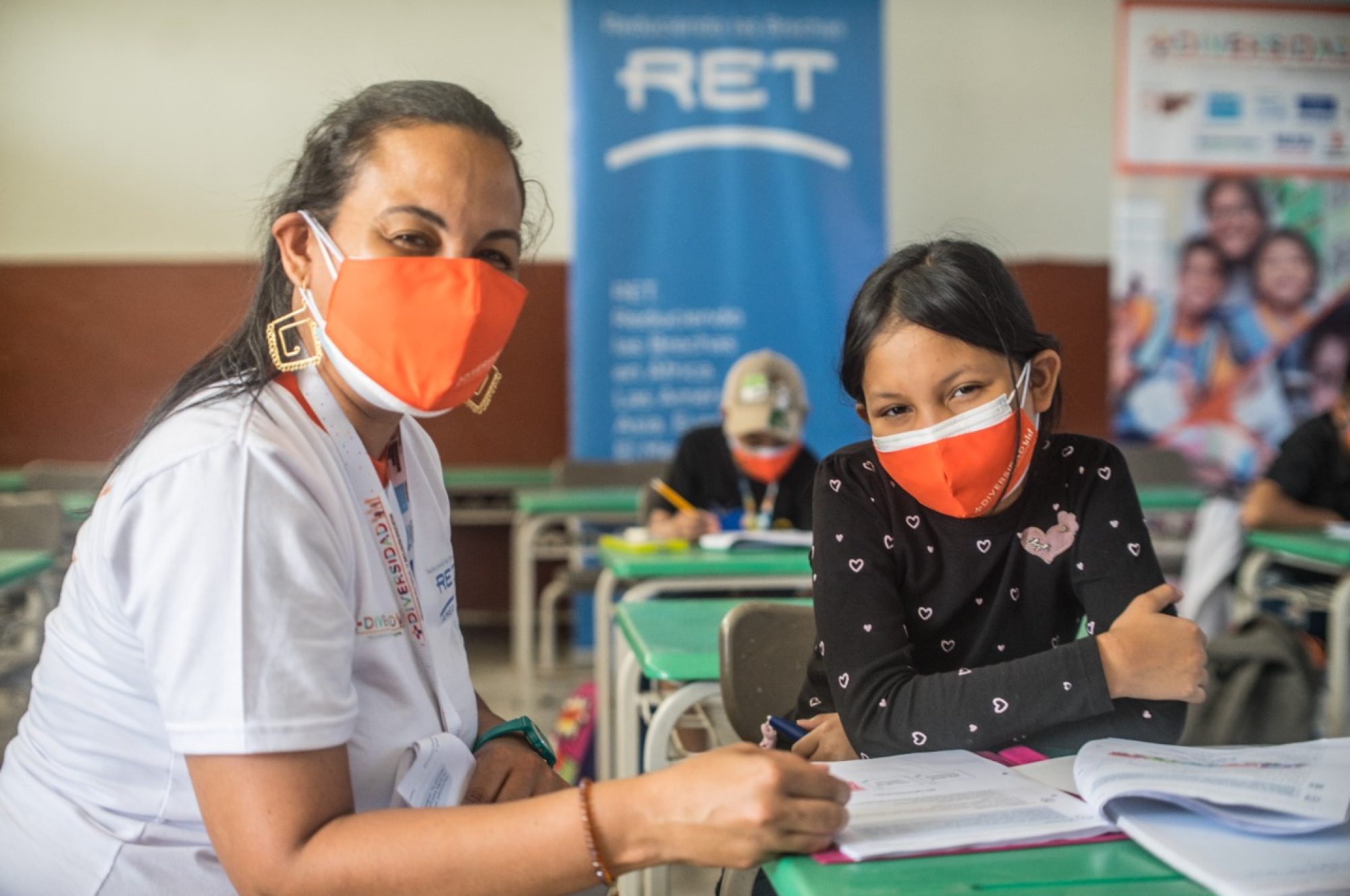The conflict in Central and Northern Mali represents a complex web of long-running ethnic tensions, jihadist movements, transnational organized criminal groups and a military intervention by neighboring countries and the international community. Mali hosts approximately 26,763 refugees and 74,397 refugee returnees. By far the largest group are refugees from Mauritania (around 15,300) and refugees from Burkina Faso (8,457) Niger (1,024 ), CAR (962), Côte d’Ivoire (613) and DRC (271). Although nearly 25,000 refugees have been repatriated to Mauritania over the years under the assistance of UNHCR, many others still remain in Mali and neighboring Senegal today.
Economic Background
Mali is one of the poorest countries in the world, with an estimated GDP per capita of 762 USD. The country’s economy is highly un-diversified and vulnerable to security situation, and the effects of climate change.
Social Background
Almost half of Mali’s population is currently under 15 years old and population growth rates remain among the highest in the world at around 3,6%. This population growth threatens to upend much of the progress made in the area of poverty alleviation and puts a serious strain on food security. 90% of the country’s population live in the South of the country, mostly from agriculture but increasingly moving to the rapidly growing urban centers, especially to Bamako, where they face a lack of adequate housing, services and jobs, and are suffering from poverty and food insecurity. Women face significant disadvantages with 85% of Malian girls subjected to Female genital, and about half of all girls are being married before the age of 18.
RET’s FUTURE INTERVENTIONS
According to RET needs assessments in the past two years, the most urgently needed interventions in MALI in 2020-2021 are currently in the areas of:
- Protection (child, youth and women)
- Food Security and Nutrition
- Economic Growth and Livelihoods
- Social Cohesion programs
- Gender Equality and Social Inclusion (vulnerable groups, whether disabled, or groups of different ethnicities, including tribes)
- Education (formal, non-formal and informal)
Peace – Food Security – Education
Despite the conclusion of peace negotiations, the situation in Northern and Central Mali (Tombouctou, Gao, Kidal, Ménaka and Mopti Provinces) remains volatile and has even deteriorated resulting from ongoing violence between different armed groups, inter-communal tensions and terrorist threats, leading to displacement and the destruction of livelihoods. Peace-building and conflict prevention interventions in these areas could have an important impact.
Mali, like the rest of the Sahel region, is suffering from an acute nutrition crisis. According to the World Hunger Index, Mali (along with Mauritania) is one of the few countries where malnourishment has been on the rise since 2000. Nationwide, 30% of Malians report that they have had to reduce their food consumption as well as other negative coping mechanisms like selling cattle or borrowing money to pay for food. In 2019, 2,761,676 people are estimated to be in need of nutrition assistance and 899,143 children are expected to suffer from acute malnutrition.
The conflict and ongoing fragile security situation have forced the closure of 1000 schools in the country, affecting the education of more than 450,825 children. Schools are also being used as shelter for people affected by the recent floods. In Kidal, only one school remained open in 2017, leaving 78,000 children without access to education. Generally, only 45% of children complete primary schooling according to UNICEF. The country’s literacy rate is one of the lowest in the world, especially amongst women.
RET is registered in Mali and operations will start soon.

